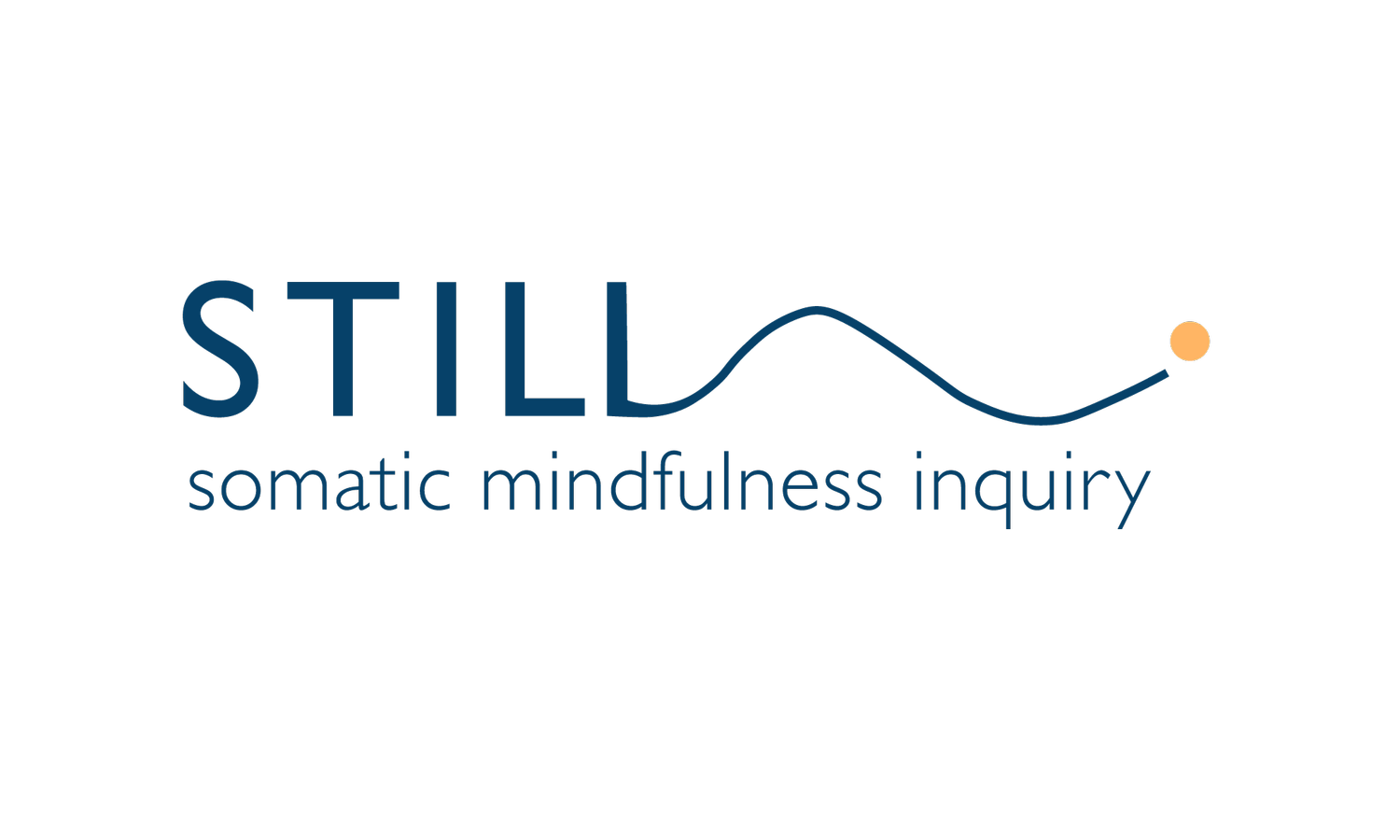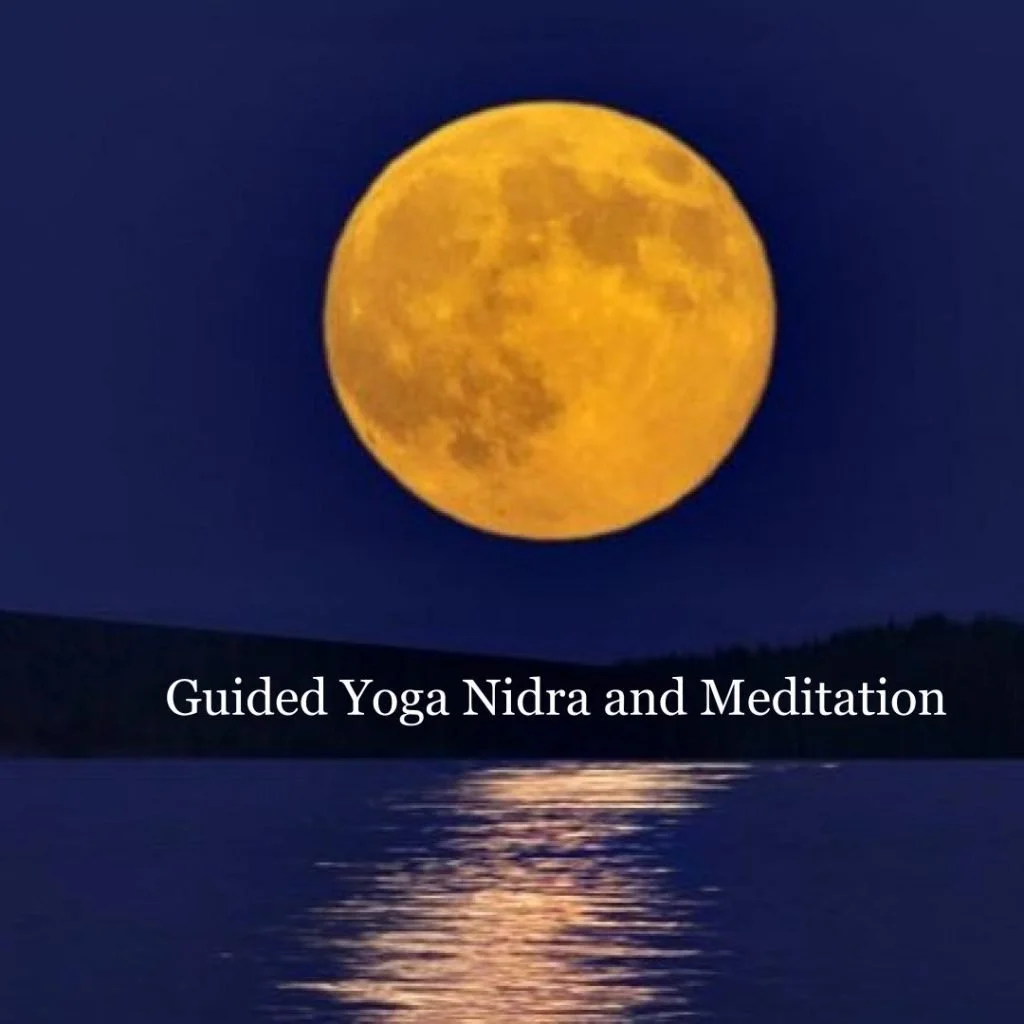Fawning, People Pleasing
A fawning response is a submissive and excessively flattering reply or reaction to someone in a position of authority or perceived higher status. It can be seen as insincere or overly deferential, and may be used as a way to seek favor or avoid criticism. Fawning responses include flattery, compliments, or excessive agreement with the other person's opinions or actions.
I’m Outta Here!
We need direct experiences that it is okay to be present to our lives and our feelings. This is what updates our previous conditioning that it is not safe to be here.
Escape or flight takes many forms. We may be addicted to food, alcohol and other drugs. Perhaps we get relief using shopping, gambling or overwork. Addiction is a common trauma response and is rampant in our society because it is so effective in helping us escape.
Polyvagal Ladder: Fight
Someone who is emotionally flooded into a fight response can be scary to be around. Lashing out verbally or physically triggers fear in others. We walk on eggshells to not set them off.
The brain likes electrical stimulation and feeds on anger like kindling. Instead of feeling overwhelmed and scared, someone in a fight response feels like they are taking action and protecting themselves.
Up the Polyvagal Ladder
We all move up and down the polyvagal ladder, and we usually have a go-to response based on childhood conditioning. Our nervous system assesses threat and the best option for survival, sending us into one of these protective strategies. Each form of protection has advantages and disadvantages.
Freeze can look like numb, disconnected, and hunkered down for safety. Freeze takes the edge off of painful, overwhelming experiences. We might hold our breath to avoid notice. We disconnect from others. It’s safer “in here”.
My Spiritual Home
Working with the five koshas, we relax our body, our breath becomes diaphragmatic and smooth, and we work more skillfully with thoughts in the lower level of the mind (mostly generated by hypervigilance). This opens the doorway to our intuitive wisdom, and to deep layers of peace in the vast silence of the mind.
In this stillness, we develop the capacity to be aware of the ever-present Witness, the part of our being that is ever pure, ever wise, ever free.
5 Minutes of Cyclic Sighing Outperforms Meditation
Cyclic Physiological Sighing is two nasal inhales to lungs full, followed by a full exhale to lungs empty, via the mouth, pursing your lips as though you are breathing out through a thin straw.
This research found that cyclic sighing was more effective than meditation or other forms of breathing for reducing stress, improving sleep and heart rate variability and mood.
Can I Afford To Feel This?
Love and compassion. Betrayal and rage. Grief and loss. Our heart has the capacity for extremes of emotion. We feel so deeply.
Our heart has its own knowing. Like our gut instinct, what the heart knows is somatic or body wisdom. Thoughts and how we interpret our experiences influence feelings. Whether we are open hearted and trusting, or protecting ourselves from being hurt, our history impacts how we feel in the present.
3 Foundations of Healing
There are so many experts and they each have their own program and advice. How do I know which is the right method for me?
I’m getting older. How long is this going to take?
Stirring up the past hurts! Is it worth it?
The answers are as varied and complex as the problem.
One: Knowledge of How Trauma Works
Two: Regulating Our Nervous System
Three: Becoming Friends With Our Mind
At Home in My Body
The experiences of life in our body. The trauma we store in our body. The cultural conditioning and pressure to look a certain way and be a certain size. Whew! It’s a mine field.
We may have been at war with our body our whole life. It’s not too late to bring empathy and connection to one of the most important relationships we will ever have - that with our own body.
Feeling at Home in Myself
Through this work, we come to know ourselves and our experience through a lens of compassion. We become interested in connecting with all of ourselves, especially the scared hurt parts. We connect with attuned empathy. What a relief to come home to ourselves.
Where do you feel solid? Where do you need to heal, expand, or love yourself more? What would have to change for these to feel more true?
I know myself. I love myself. I feel free to be authentic. I am kind and on my own side. I feel at home in myself.
What Does Your Heart Know 2023?
What is your heartfelt wish for yourself in 2023?
What would have to shift for your life to align with your deepest values?
How can you bring more compassion, kindness and empathy into your life this year?
Compassion and Empathy
Compassion is the daily practice of recognizing and accepting our shared humanity, so that we treat others and ourselves with loving-kindness, and we take action in the face of suffering. It is fueled by understanding and accepting that no one is immune to pain or suffering. Compassion is not a practice of “better than” or “I can fix you”.
Love is Our Natural State
Our heart’s natural state is open and loving, so that is what we experience when it is clear of blockages. How do we remove the obstacles? Love everything you do and everyone you see. Choose to focus your awareness on the love instead of your lower self. Love is a natural force in the universe feeding us from the inside. Michael Singer, Living Untethered
Putting “Them” Out of Our Heart
It’s easy to bring “them” to mind. They are the ones who activate us into a survival response, like the fury we direct at someone who won’t respect our boundaries. Other times we might encase our heart in ice and refuse to care about them. Being in relationship with people pushes our buttons. We need each other, and we are so deeply hurt by each other.
Opening Our Heart
“The goal of this journey is not to change our thoughts or emotions. It is to stay in the seat of Self while accepting the shifts that are taking place.” Michael Singer, Living Untethered
The heart is more sensitive than the mind, and we have much less control over feelings than thoughts. Some emotions feel like the sensation of wind flowing over you like a gentle breeze. Others are more like being out in a fierce storm.
Witness, Relax and Release
We relax and release back into our seat of consciousness, and witness the part of us who is complaining about life not being the way we want it to be. We practice letting go of smaller daily irritations to build the resilience and strength we need to handle tougher situations in life. How do we do that? This is where the objective witness comes in.
Living Untethered
“How can we touch and live in expanded consciousness? What are the obstacles inherent in the human predicament, and how can we let them go?” Michael Singer is practical. This is how it is. Do you see what happens when you don’t accept reality? How can I help you see? To be free?
Stillness in the Mind
We’ve all been there. We try to meditate, but our mind gets in the way. We have a predictive brain with a negativity bias that remembers everything bad that ever happened to us. The worry, anxiety and catastrophic thinking that disturb our peace are essentially our nervous system “helpfully” trying to keep us safe.
Before the Body Says No
In my life’s important areas: what am I not saying no to?
Where did I sense a no that I stifled, conveying a “yes” (or a silence) instead?
How does my inability to say no impact my life?
What bodily signals have I been overlooking?
Our Highly Interpersonal Biology
“Ancient cultures have long understood that we exist in relationship to all, are affected by all, and affect all. Our brains and minds are not independent operators. Nothing about us, mental or physical, can be comprehended apart from the many-faceted milieu in which we exist. It is a reality of our interconnected nature.” Gabor Maté, MD





















